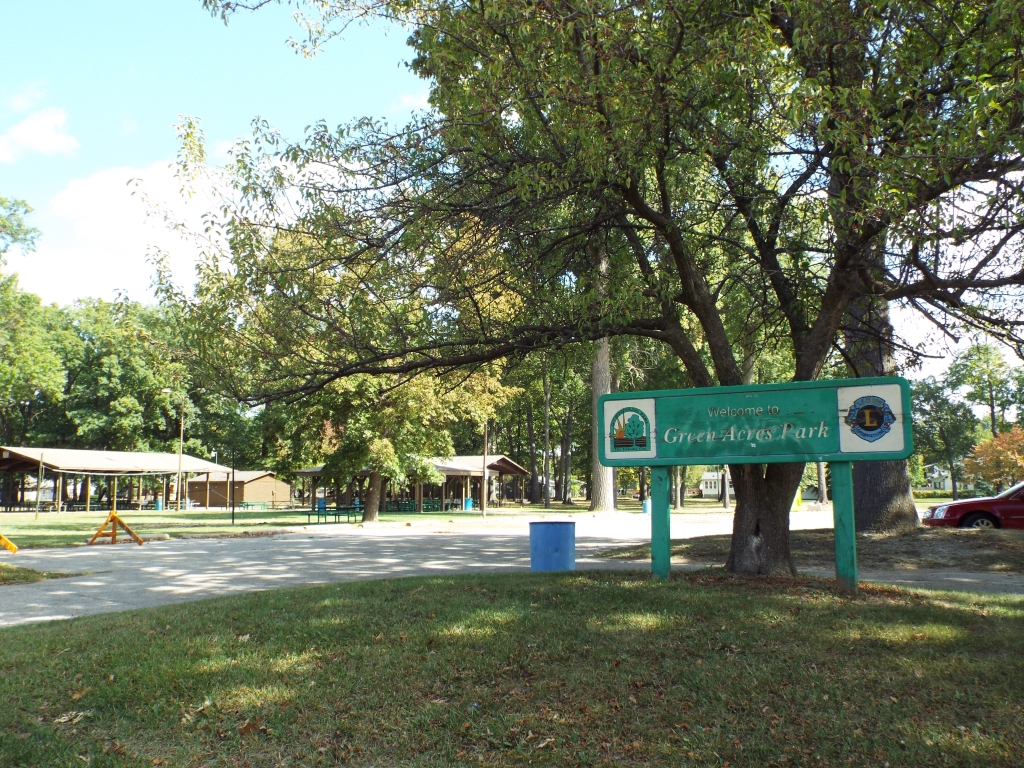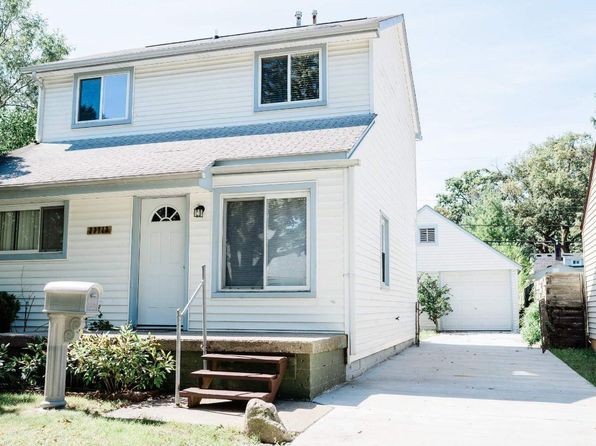

Hazel Park Raceway opened for thoroughbred horse racing in 1949. Many of the current bungalows in the city were built shortly after the war. With the return of thousands of soldiers from World War II, housing demand was very high in the area. The Elias brothers continued to open Big Boy restaurants throughout the Metro Detroit area and in 1983 purchased the franchiser.

Louis Elias was elected as Mayor of Hazel Park, serving two terms from 1953 to 1961. In 1952, the diner was franchised as a Big Boy restaurant. The Dixie Drive-In was one of the first in the Midwest to offer curbside services. In 1942, the Elias Brothers, John, Fred and Louis Elias, established a diner in Hazel Park. After the city's incorporation, it improved the infrastructure and provided running water to all areas. Large parts of the auto industry were converted to production of defense-related goods, and thousands of people migrated into the area for new jobs. ĭuring the 1930s and 1940s, rallies and community events helped the city during the Great Depression and the years of World War II. In 1924, Hazel Park installed its first traffic light, was granted a post office, and established a Deputy Sheriff's office. The electric Stephenson Line was a convenient way for commuters to travel by trolley to Highland Park and Detroit. Hospitals, offices and shops were developed in the area of 9 Mile Road. Hazel Park's growth was stimulated by the expansion of jobs at the Ford Motor Company, based in nearby Highland Park. The former high school at John R and 9 Mile Roads was used as Lacey Junior High School. With further postwar population growth, Hazel Park High School was built. This became the site for high school students. It built a larger building at the central location, also called the Lacey School. Given a rapid increase in this period of the number of school-age children as population grew, the school district soon added four grade schools. The first Hazel Park school had been sold to Frank Neusius, who used it as a barber shop and neighborhood grocery. Lacey School, was built on present-day Woodruff Avenue. Benjamine, who was School Inspector for Royal Oak Township, named it Hazel Park School District 8, after the abundant hazelnut bushes in the area.

Benjamine petitioned the state of Michigan to form a school district from Royal Oak Township. They built a one-room school in 1883 and later expanded it to two rooms. In October 1882, a group of farmers gathered to organize the community's first school. In the later 19th century, as westward migration increased from the eastern United States to the Great Lakes territories, this area was settled by European Americans. This area was long occupied by indigenous peoples, with such historic and current tribes as the Potawatomi and others known to European fur traders and colonists from the 17th century. After 1996, it also provided simulcasts of races year round from across North America, with betting allowed on these races at the track facilities. From 1985 on, the track ran only harness races. From 1949 to 2018, it was the site of the Hazel Park Raceway, considered a high-quality facility originally used for both Thoroughbred and Standardbred racing. Hazel Park was incorporated as a city in 1941 and bills itself as The Friendly City. As of the 2010 census, the population was 16,422. As a part of Metro Detroit, the city shares its southern border with the city of Detroit. Hazel Park is a city in Oakland County in the U.S.


 0 kommentar(er)
0 kommentar(er)
